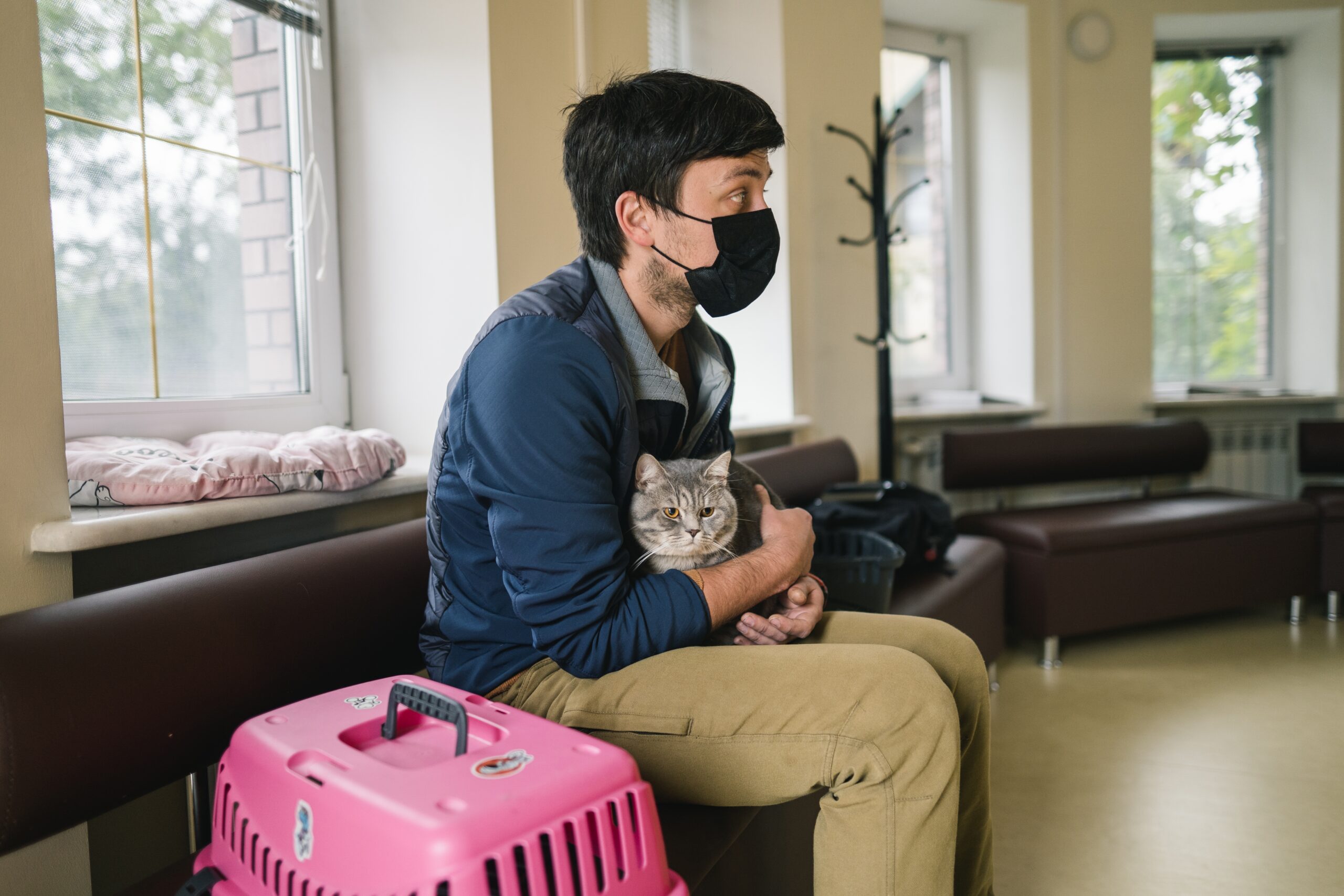Over the past few years, social distancing and personal hygiene have evolved into major medical priorities for patients. From avoiding potentially contaminated surfaces to limiting the time spent in an enclosed space with others, patients are opting more for solutions that allow them to spend fewer minutes in the physical urgent care building.
Contactless check-in is becoming more and more popular in the world of urgent care. There are many reasons why this technology is so essential for these practices, and we will review the most beneficial ones for both providers and patients today.
Gaining remarkable traction within this transformative landscape is the concept of contactless check-in. This technology is emerging as a cornerstone of the contemporary urgent care domain, and its indispensability for both care providers and patients warrants exploration.
First, let’s begin with one of the most popular reasons: A better patient experience.
Contactless Check-in Provides a Better Patient Experience
We’ve all been there before. We walk into an urgent care office, only to be greeted by a long line of people waiting to check in. After what feels like forever, we finally make it to the desk only to be given a clipboard with paperwork that needs to be filled out.
This process is not only time-consuming, but it is also frustrating. With contactless check-in, patients can avoid this line and the physical paperwork altogether. Instead, they can complete these initial tasks in advance from the comfort of home or their car. This means that they can spend less time in the waiting room and more time with their family or getting back to their day.
Additionally, this technology can help reduce the spread of germs. By allowing patients to fill out paperwork digitally, there is no need for them to share a physical pen or clipboard with others; reducing the risk of cross-contamination and increasing safety for everyone. This translates to reduced wait times in the reception area, enabling them to better allocate their time to family, work, or leisure pursuits. Importantly, this digital transformation curtails the risk of germ transmission, as patients no longer need to share a pen or clipboard with others. The result: heightened safety for all and a tangible reduction in the propagation of infections.
Finally, a better patient experience also proves to be the best marketing that any urgent care can receive. From more positive online reviews to word-of-mouth referrals, you may start to experience more booked time slots than you did previously.
Urgent Care Staff Can Spend More Time with Patients
In any medical setting, the provider-patient relationship is essential. Contactless check-in allows providers more time to foster these relationships as they are not spending as much time on administrative tasks.
With this technology, providers can see more patients in a day and spend less time on documentation. This is especially beneficial for urgent care centers who may have a higher volume of patients coming through their doors.
Additionally, this extra time gives providers the opportunity to get to know their patients on a more personal level. They can learn about their medical history, any current medications they are taking, and what the patient’s chief complaint is before they even step foot in an exam room.
This information not only helps providers provide better care for their patients but also builds trust and rapport; two foundational elements essential for any medical relationship.
Less Physical Paperwork to Manage and Organize
For office staff, contactless check-in can also be a dream come true. With less physical paperwork to manage, there is less of a chance for things to get lost or misplaced. This technology can help reduce the amount of time spent on data entry and give staff more time to focus on providing an excellent quality of care to patients.
Additionally, contactless check-in can provide urgent care practices with valuable insights into their patients. By tracking the data collected during check-in, providers can identify patterns and get a better understanding of who their patients are and what they need. This information can be used to improve the patient experience and make necessary changes to ensure that everyone who comes through the door feels valued and cared for.
Notably, the technology offers a goldmine of insights about the patient demographic. Data gleaned during the check-in process unfurls patterns that illuminate patient profiles and preferences, providing a compass for refining the patient experience.
Fewer Patients in an Enclosed Space (the Waiting Room)
In the 2020s, it has become more important than ever to limit the number of patients in an enclosed space. By offering contactless check-in, urgent care practices can help reduce the number of people in their waiting rooms at any given time. This not only makes everyone feel safer, but it also helps to create a more relaxed environment where people can feel comfortable while they wait to be seen.
Gone are the days when bustling waiting rooms were seen as a symbol of efficiency. Today, the very notion of a crowded waiting area can evoke a sense of unease. Urgent care facilities have risen to the occasion, recognizing that limiting the number of patients in these confined spaces is paramount for the well-being of patients and staff alike.
By embracing the concept of contactless check-in, these establishments seamlessly align with the aspirations of a cautious era. The technology allows urgent care practices to orchestrate a delicate ballet of patient flow, reducing the occupancy within their waiting rooms at any given juncture. This strategic orchestration creates an environment of reassurance – a sanctuary where the specter of overcrowding is dispelled.
However, the significance of this transformation goes beyond mere physical safety. An environment characterized by spaciousness and tranquility fosters a sense of comfort. Patients, shielded from the pressures of cramped quarters, find themselves in a realm where their emotional well-being is nurtured. The prolonged moments spent awaiting medical attention become an experience to be embraced rather than endured.
As the world evolves, so does the notion of healthcare. The waiting room, once a crucible of anxiety, is recast as a bastion of security and comfort. The era of contactless check-in paves the way for a harmonious amalgamation of physical safety and emotional well-being. Urgent care practices that embrace this transformation extend a lifeline of reassurance to their patients, a testament to their unwavering commitment to the art of care.
Local Competing Urgent Cares May Already Be Using It
As if the benefits we’ve discussed so far weren’t enough, it’s also worth noting that many of your local competing urgent care facilities may already be using contactless check-in. This means that if you’re not using this technology, you could be at a competitive disadvantage. Local rival urgent care centers might already have embraced contactless check-in, affording them an edge. The pendulum of patient preference is swinging in favor of convenience and efficiency, and facilities endowed with this technology are the natural beneficiaries.
Patients are becoming more and more accustomed to the convenience and efficiency of contactless check-in, and they will likely choose an urgent care that can offer this service over one that cannot.
Get Contactless Check-In for Your Own Urgent Care
ER Express is the leading software innovator for urgent cares, emergency departments, and veterinary practices. Beyond contactless check-in, we also equip your facility with the ability to offer other convenient features like digital intake, virtual waiting, patient queuing and more.
To learn how we can assist your urgent care, request a demo with our team today.



